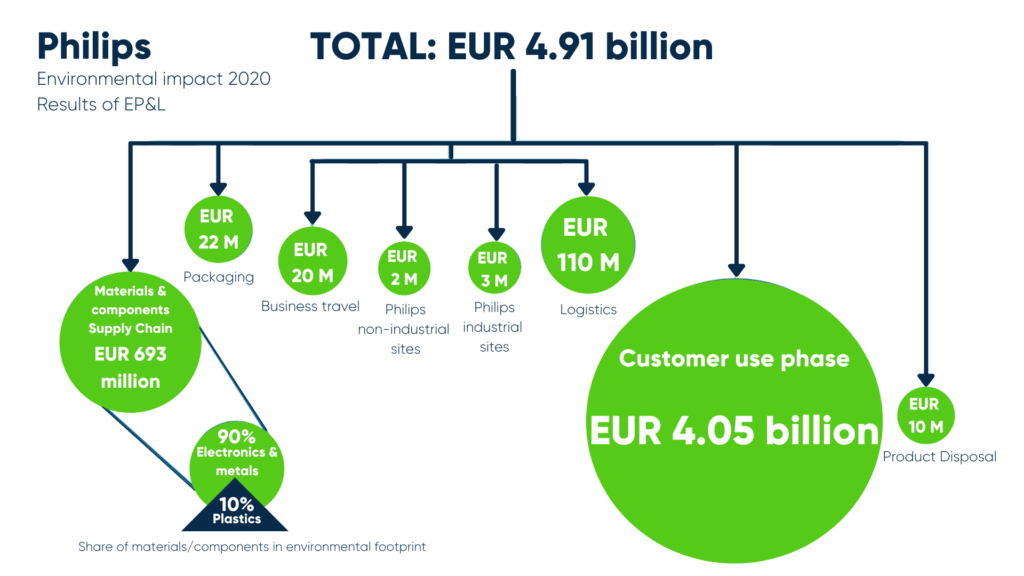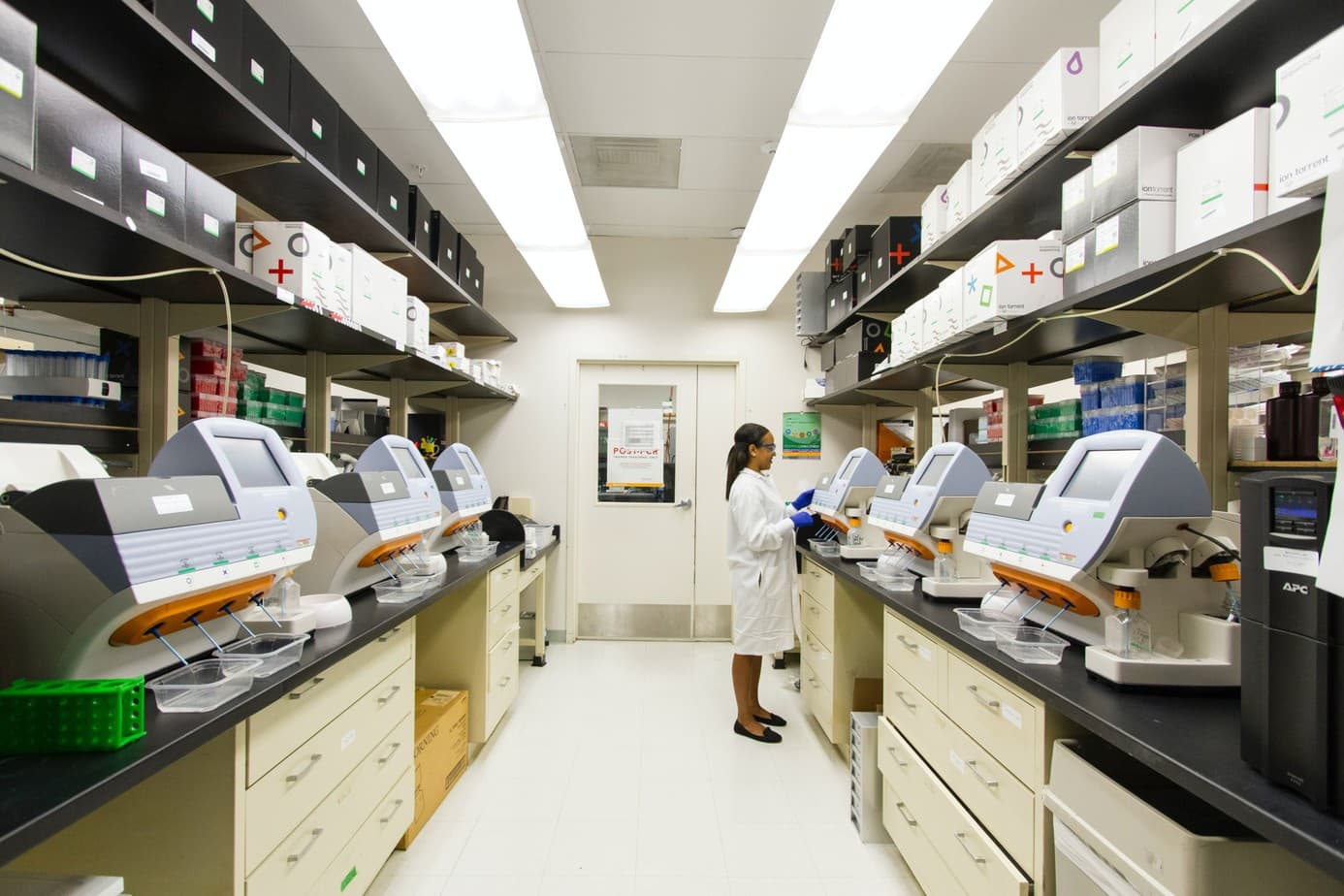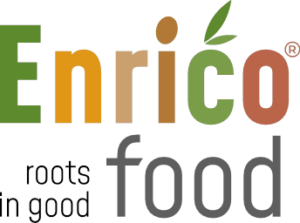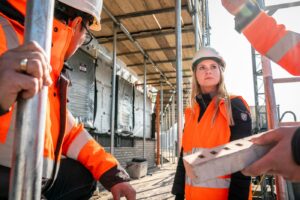Becoming a purpose-driven company means taking on responsibility. And no one knows that better than Philips.
Not only did they set ambitious targets regarding social impact, practicing circular economy and ecodesign. At the COP21 Climate Conference in 2015, Philips committed to becoming 100% carbon neutral in its operations. And to sourcing all electricity usage from 100% renewable sources in 2020. They successfully succeeded in meeting these targets in 2020.
Acting responsibly towards the planet and society is part of our DNA. I am convinced that this is the best way for us to create superior, long-term value for Philips’ multiple stakeholders.
Frans van Houten, CEO Philips (source: Philips.)
Naturally, it doesn’t end here. Philips is committed to sourcing over 75% of their total energy consumption from renewable sources by 2025 and reducing the CO₂-eq emissions in their entire value chain in line with a 1.5 °C global warming scenario.
Their efforts show. The company was again recognized as top company for sustainability performance in the global 2020 Dow Jones Sustainability Indices (DJSI) list.
How did they get here?

Philip’s Environmental Footprint
In 2016, Philips reached out to Ecochain. They wanted help on their journey to reach their 2020 and 2025 climate targets. Philips has an immense amount of product lines in various sectors. So, they wanted to measure their environmental footprint – fast, effectively, and efficiently.
Philips wanted to communicate their environmental footprint through the Environmental Profit & Loss account (EP&L) methodology.
What’s an Environmental Profit & Loss account (EP&L)?
An EP&L is a method for placing a monetary (relating to money) valuation on a company’s environmental footprint. It includes the impact derived from its business operations and its value chain, from cradle-to-grave*.
In an EP&L, all impact categories (15+) have a monetary value based on their impact heaviness. With envirinmental footprint results, these values are added up to one total monetary value.
*Cradle to grave assesses the environmental impact associated with all a product’s life phases. From the raw material extraction phase until its waste disposal phase.
Why is an EP&L so useful?
Because an EP&L is expressed in economical valuations (£, $ and €) instead of different impact outcomes such as kg CO₂-eq or kg CFC-11-eq – it makes it possible to:
- Compare & merge different types of environmental impact (such as global warming potential, particulate matter or toxicities). The result: environmental impact can be expressed in a single indicator.
- Expresses sustainability in terms that all businesses understand – it talks money. It’s an easier way for companies to take proper sustainable decisions and implement a profitable sustainability policy.
- Translate desired sustainability information on capital and environmental risks for investors.

The Methodology behind the numbers
The calculation of the annual results of Philip’s Environmental Profit & Loss account is based on the Life Cycle Assessment (LCA) methodology. These LCA’s are conducted in Ecochain’s tool Helix. Here, Ecochain’s extensive Life Cycle Database Ecoinvent is used in performing the calculations.
Ecochain Helix assesses the environmental impacts associated with the entire life cycles of all Philip’s products. This includes their:
- Operations;
- Suppliers & customers;
- The end of life phase (after the product is disposed of).
The EP&L account is a logical next step to extend the scope from individual product value chains to Philips’ complete value chain. It will support the direction of our sustainability strategy by providing insights into the main environmental hotspots from an overall business point of view.
Source: Philips EP&L report 2019
The Results – Philip’s Environmental Profit & Loss (EP&L) account
Since 2017, Philips now uses Ecochain Helix annually- with their latest EP&L account in their 2020 annual report (image 3). Philip’s total environmental impact of 2020 accounted for €4.91 billion – a significant 28% improvement compared to 2019’s €6.8 billion.
Interestingly, ‘just’ €135 million (3%) of their total 2020 environmental impact, was directly caused by Philips’ own operations – mainly driven by their outbound logistics. However, this is a staggering 12% reduction compared to €154 million in 2019. Mainly explained due to reduced business travel (COVID-19) as well as an increased share of green electricity in their non-industrial sites.
What are the biggest impact drivers?
The biggest impact hotspot: The Customer Use Phase
1. The customer use phase of their products: €4.05 billion = 83% of the total footprint.
Which really makes sense. Because everything that Philips sells is connected to the grid (uses electricity). Their consumer products often have large sales volumes and long lifetimes. This means their products frequently require high energy consumption (e.g think of their hair care products).
2. Their supply chain: €693 million = 14% of total footprint.
Here, Philips explains that their main contributors are: the electronic components, cables, and steel used in our products.
These results provide a clear strategic message. The key focus areas for Philips to make significant changes include: reducing the energy consumption of products in their use phase (by implementing ecodesign). And working with designers and suppliers to reduce the upstream manufacturing of components.

‘Healthy people, Sustainable planet’
By using Ecochain’s platform, Philips provides managers with a clear, comprehensible metrics. Supporting the direction of their ‘Healthy people, Sustainable planet’ program. Most importantly, it enables managers to invest time and effort where it really matters.
With the EP&L intel from Ecochain Helix, Philips is now able to:
- Engage the supply chain on environmental issues in a way that is material and relevant;
- Compare different impacts which are not otherwise comparable;
- Compare brands and business units;
- Make better-informed operational decisions through the ability to measure return on investment that includes environmental aspects;
- Improve risk management by highlighting the potential consequences of environmental dependencies.
On the one hand, this data helps Philips to continuously finetune its sustainability performance and innovation. On the other hand, it provides the incentive for their supply chain partners to do the same.
Simultaneously reducing impact and increasing value for all stakeholders.



